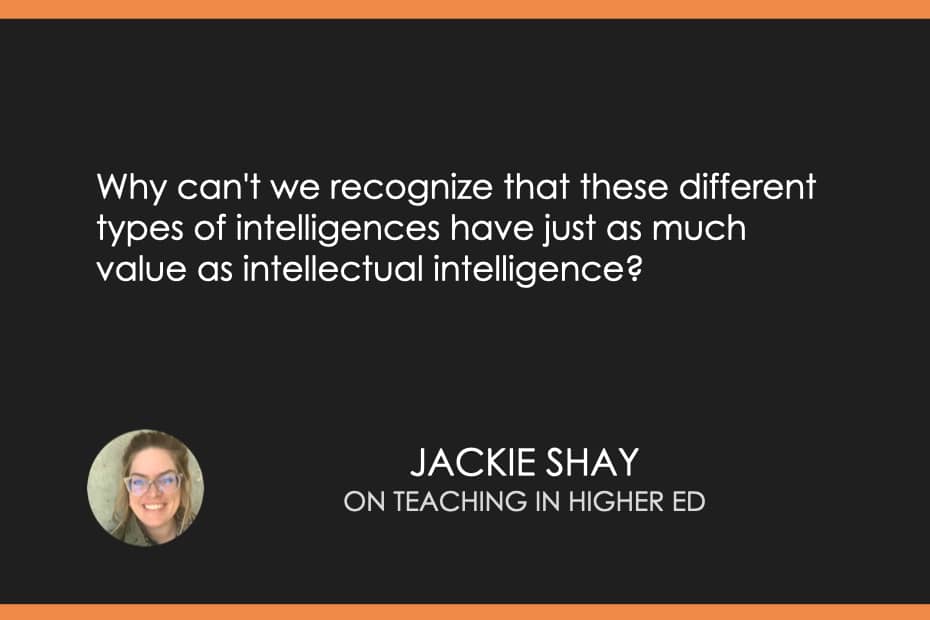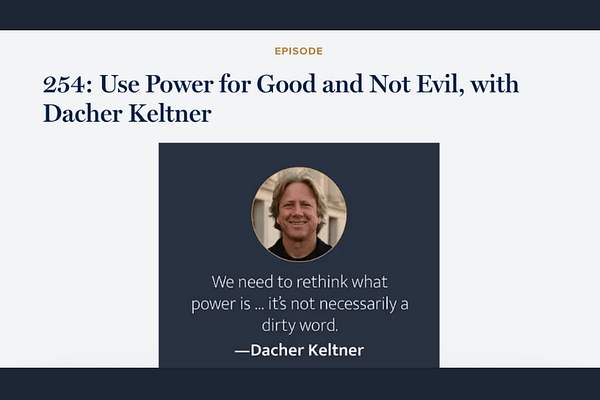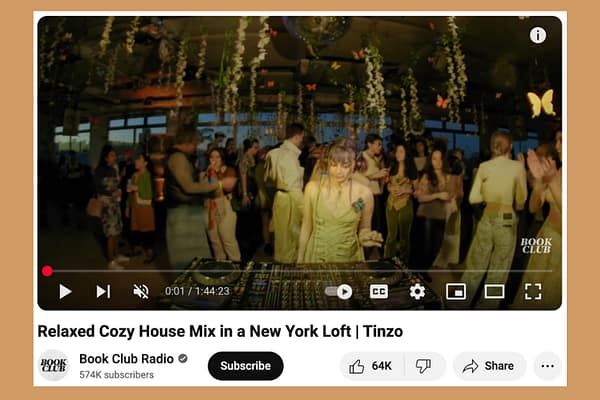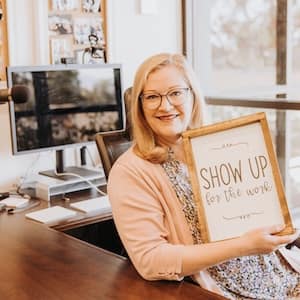Jackie Shay
Assistant Teaching Professor of Biological Sciences
Dr. Jackie Shay is a joyful educator, researcher, and advocate for inclusive and student-centered science education. As an Assistant Teaching Professor in Ecology, Evolution, and Marine Biology at UC Santa Barbara, where she studies the impact of meaningful learning experiences––from joy-centered pedagogy to graduate student and undergraduate learning assistant professional development and course-based undergraduate learning experiences. She believes every student can find joy in the learning process and is committed to fostering an ecosystem of collaborative and engaged learning in biology.
Trained as a fungal evolutionary biologist and microbial ecologist, Dr. Shay is fascinated by symbiotic relationships between plants and their microbial communities, particularly how these relationships respond to environmental change. Her past research includes studying the evolution of wood-decaying mushrooms (Marasmius) in Madagascar and investigating the Monkeyflower microbiome’s influence on plant hosts across their range. She brings this expertise in plant-microbe interactions, biodiversity, and conservation into her teaching, incorporating real-world applications like CRISPR, phylogenetics, and ecological resilience.
Previously, Dr. Shay served as Associate Director for the Center for Engaged Teaching and Learning at the University of California, Merced, where she helped instructors create inclusive STEM courses to support all students. Now at UC Santa Barbara, she combines her love for teaching and biology to empower students in introductory biology, fungal biology, and pedagogy courses. She also explores emergent outcomes in equity-focused faculty development, investigating how professional development initiatives foster leadership and institutional change. Guided by the philosophy that learning should be both rigorous and joyful, Dr. Shay creates spaces where students and colleagues feel inspired, supported, and excited to explore the natural world.
Bonni Stachowiak
Bonni Stachowiak is dean of teaching and learning and professor of business and management at Vanguard University. She hosts Teaching in Higher Ed, a weekly podcast on the art and science of teaching with over five million downloads. Bonni holds a doctorate in Organizational Leadership and speaks widely on teaching, curiosity, digital pedagogy, and leadership. She often joins her husband, Dave, on his Coaching for Leaders podcast.




